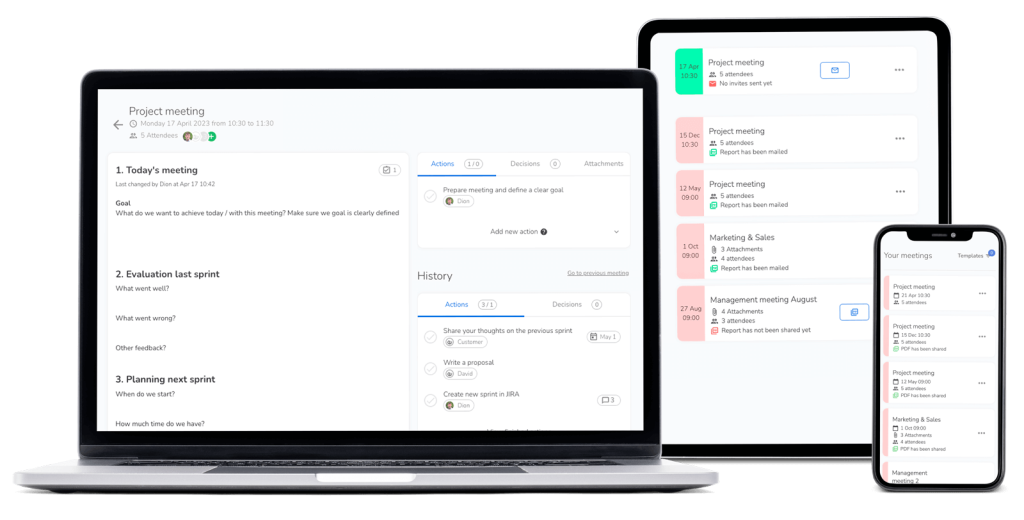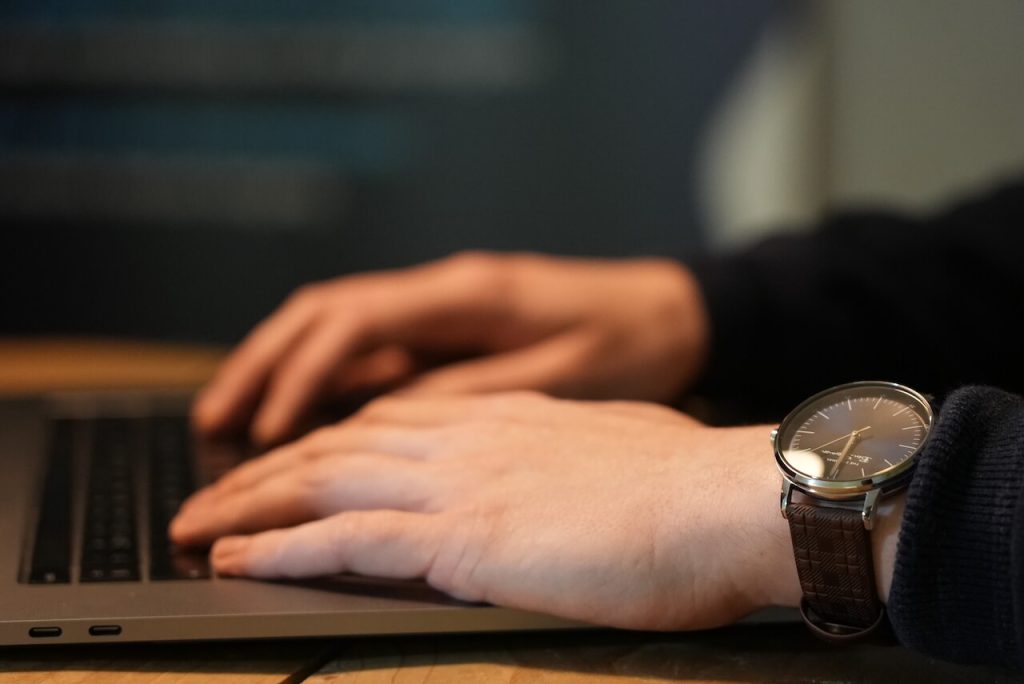Taking minutes is an important part of any meeting, whether it is a formal business meeting or an informal gathering. The minutes serve as a record of what was discussed, decided, and action items assigned during the meeting. They are also used as a reference for future meetings or as evidence in legal disputes. In this blog post, we will discuss some tips and best practices for taking minutes effectively.
Tip #1: Be prepared Before the meeting, make sure that you have all the necessary materials, such as a notebook, pen, and a copy of the agenda. Familiarize yourself with the agenda and any relevant background materials or documents. Arrive early to set up your note-taking materials and to test any recording equipment if necessary.
Tip #2: Record important information During the meeting, record the date, time, and location of the meeting, as well as the names of all attendees, including any guest speakers or visitors. Record the main topics of discussion and any decisions that are made, as well as the rationale behind those decisions. Note any action items assigned and the name of the person responsible for completing them, as well as the deadline for completion.
Tip #3: Be concise and accurate Keep your notes concise and to the point. Avoid using long, complex sentences or unnecessary jargon. Use bullet points or numbered lists to organize your notes and make them easier to read. Be as accurate as possible in your note-taking and avoid making assumptions or inserting your own opinions or interpretations.
Tip #4: Don’t hesitate to ask for clarification If you are unsure about something that is being discussed, don’t hesitate to ask for clarification. Ask the speaker to repeat or clarify their statement, or ask another attendee to explain a term or concept that you are unfamiliar with. It is better to ask for clarification during the meeting than to make assumptions or misunderstandings that could lead to confusion or mistakes later on.
Tip #5: Proofread and distribute the minutes After the meeting, proofread your notes for accuracy and completeness. Check that all attendees’ names and titles are spelled correctly and that any action items and deadlines are clearly stated. Once you have finalized the minutes, distribute them to all attendees and any other relevant parties, such as department heads or project managers. Make sure that everyone who needs a copy of the minutes receives them in a timely manner.
In conclusion, taking minutes is an essential task that ensures that important information and decisions are recorded accurately and effectively. By following these tips and best practices, you can become an effective minute taker and contribute to the success of your organization’s meetings.













